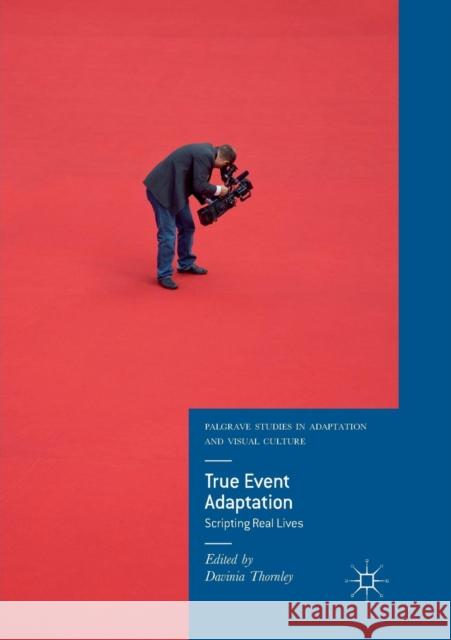True Event Adaptation: Scripting Real Lives » książka
topmenu
True Event Adaptation: Scripting Real Lives
ISBN-13: 9783030073343 / Angielski / Miękka / 2019 / 237 str.
Kategorie:
Kategorie BISAC:
Wydawca:
Palgrave MacMillan
Seria wydawnicza:
Język:
Angielski
ISBN-13:
9783030073343
Rok wydania:
2019
Wydanie:
Softcover Repri
Numer serii:
000793602
Ilość stron:
237
Waga:
0.30 kg
Wymiary:
21.01 x 14.81 x 1.35
Oprawa:
Miękka
Wolumenów:
01
Dodatkowe informacje:
Wydanie ilustrowane











